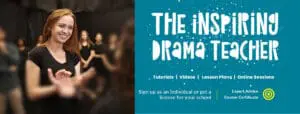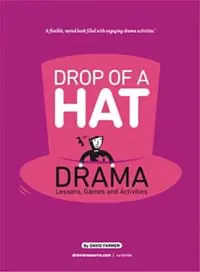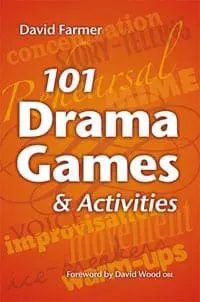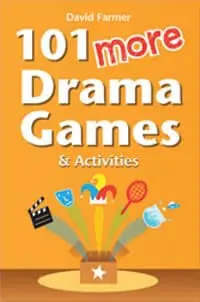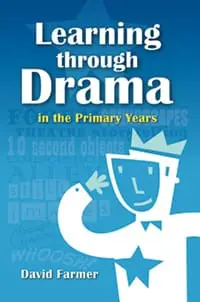Key theory, ideas and practices
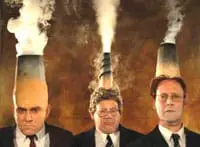 Forkbeard Fantasy are pioneers of cross-artform multimedia theatre. Their subversive performances are a seemingly anarchic mix of film, animation, puppets, ludicrous costumes, mechanical sets and gothic vaudeville. Influenced by the avant-garde happenings, underground theatre and performance art of the 60’s and 70’s, Forkbeard’s unique style also bears the hallmark of Edward Lear, Heath Robinson, Beckett and Brecht, tempered with Surrealism and a Monty Python-esque penchant for lampooning eccentric Britishness.
Forkbeard Fantasy are pioneers of cross-artform multimedia theatre. Their subversive performances are a seemingly anarchic mix of film, animation, puppets, ludicrous costumes, mechanical sets and gothic vaudeville. Influenced by the avant-garde happenings, underground theatre and performance art of the 60’s and 70’s, Forkbeard’s unique style also bears the hallmark of Edward Lear, Heath Robinson, Beckett and Brecht, tempered with Surrealism and a Monty Python-esque penchant for lampooning eccentric Britishness.
“Breathtakingly innovative and original work” Terry Gilliam, film director
“Whatever they’re on should be available on the National Health” The SCOTSMAN
Chris Britton co-founded the company with his brother Tim in 1974. They were strongly influenced by their schoolteacher father, a 16mm cinematic fanatic. Chris was further inspired by the ground-breaking work of companies such as The Phantom Captain, New York La MaMa Troupe and Le Grand Magic Circus. In the early days the third brother, Simon, was involved and his designs were the foundation for a conceptual street show, The Great British Square Dance. With few established venues for performance art, many of the early performances took place on the streets, in art galleries, village halls and rural hippy fairs. As Arts Centres proliferated during the 70’s, so Forkbeard developed their touring productions, usually incorporating short films mixed with cartoons and slides in the style of spoof documentaries.
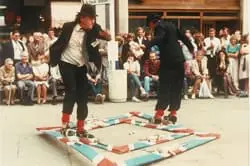 In 1980 the brothers were joined by designer and maker Penny Saunders, who is largely responsible for the extraordinary giant puppets, animatronics and mechanised sets which are so integral to performances. Watching live actors interact with projected images on screen is now commonplace, but Forkbeard’s trademark style is what they jokingly term Crossing the Celluloid Divide. It is the technique which enables characters to seamlessly step out of projected films onto the stage and back again, establishing a comic dynamic between film and performance. In a Forkbeard show, all the theatrical elements are crucially interdependent – a style sometimes termed intermedia.
In 1980 the brothers were joined by designer and maker Penny Saunders, who is largely responsible for the extraordinary giant puppets, animatronics and mechanised sets which are so integral to performances. Watching live actors interact with projected images on screen is now commonplace, but Forkbeard’s trademark style is what they jokingly term Crossing the Celluloid Divide. It is the technique which enables characters to seamlessly step out of projected films onto the stage and back again, establishing a comic dynamic between film and performance. In a Forkbeard show, all the theatrical elements are crucially interdependent – a style sometimes termed intermedia.
The company spend as long as a year in planning, making and rehearsing their shows. During this period they painstakingly sift through material and experiment with innovative technical approaches.
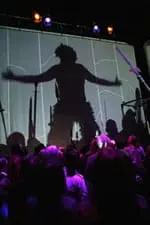 “We incorporate Penny’s designs and visual ideas from an early stage,” says Chris. They locate the show in an environment and create scrapbooks and storyboards drawn by Tim, an accomplished cartoonist. Their larger than life comedic characters are fleshed out through drawings and by rehearsing the voice and appearance in detail. This enables them to begin making films – works of art in themselves – which will feature in the performance.
“We incorporate Penny’s designs and visual ideas from an early stage,” says Chris. They locate the show in an environment and create scrapbooks and storyboards drawn by Tim, an accomplished cartoonist. Their larger than life comedic characters are fleshed out through drawings and by rehearsing the voice and appearance in detail. This enables them to begin making films – works of art in themselves – which will feature in the performance.
The shows are largely performed by Chris and Tim with help from actor Ed Jobling, who is also the permanent stage manager. The brothers manage to portray a bewildering number of characters, both male and female. They are often jolly British eccentrics, especially bumbling bureaucrats or scientists. Two recurring figures are the wise guy Brittonioni Brothers, avant-garde directors who continually cross in and out of their own films. Desmond Fairybreath, an eccentric poet, was created by Tim in the 70’s and still makes appearances. Forkbeard’s seemingly anarchic, almost shambolic performances are in fact scrupulously engineered and choreographed. A director is invited in during final rehearsals to act as an outside eye and sort out contradictions as part of an editing process.
This article first appeared in Teaching Drama (Rhinegold Publishing Ltd). © David Farmer 2008.

